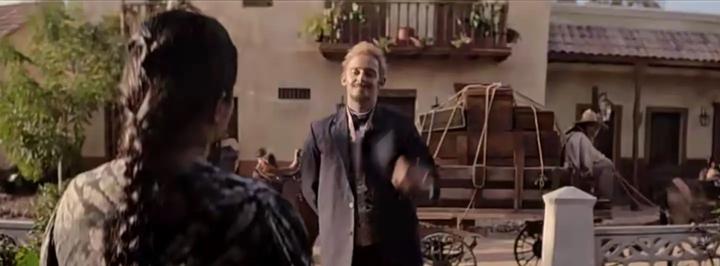Netflix's Bold Gamble: Adapting García Márquez's Masterpiece
Netflix’s first-ever adaptation of ‘One Hundred Years of Solitude’ skillfully translates the complex narrative to screen, emphasizing political themes while maintaining core elements of magical realism, though some of the novel’s metaphysical depth is inevitably lost in translation.

After nearly five years of anticipation, Netflix has finally unveiled its ambitious adaptation of Gabriel García Márquez’s seminal work “One Hundred Years of Solitude.” The series, produced with a $50 million budget and filmed entirely in Colombia with a Latin American cast, represents both a milestone in television history and a fascinating study in the art of adaptation.
The series opens boldly by inverting the novel’s chronology. Beginning with the story’s end - the death of Amaranta and the empty cradle - before transitioning to the iconic opening line about ice, the adaptation immediately signals its willingness to restructure Márquez’s labyrinthine narrative for television audiences while preserving its essence.
The production team’s attention to detail shines through in their recreation of Macondo. The striking visual elements, from the Buendía family home to the mystic gypsy scrolls, demonstrate remarkable fidelity to the source material. The decision to shoot in Spanish rather than English reflects a commitment to authenticity that extends beyond mere set design.
However, the series' handling of magical realism proves more complex. While supernatural elements remain - levitating chairs and mysterious blood trails appear on screen - they lack the casual acceptance that characterizes Márquez’s prose. The written word allows readers to naturally inhabit this world where magic and reality intertwine, while visual representation inevitably draws attention to the extraordinary.
The political dimensions of the story receive particularly strong emphasis in this adaptation. The visual metaphor of the blue and red walls representing conservative and liberal factions provides a concrete anchor for the novel’s exploration of power and ideology. The series excels in depicting how political strife gradually transforms Macondo from a utopian settlement into a battleground of competing interests.
The adaptation makes some notable changes to character dynamics. Úrsula’s character seems to incorporate elements of Fernanda del Carpio, while Pietro Crespi transforms from a piano teacher into a technological innovator. These alterations, while potentially controversial for purists, serve the medium’s need for clearer character arcs and visual storytelling.
The series proves most effective when capturing the novel’s exploration of solitude within familial bonds. The third generation Arcadio’s isolation within his own family receives particularly nuanced treatment, depicted through subtle visual cues rather than explicit exposition. Similarly, the complex relationship between Amaranta and Rebeca maintains its tragic dimensions while becoming more accessible to modern audiences.
At its heart, this adaptation grapples with an impossible task - translating one of literature’s most intricate and metaphysically complex works into a visual medium. While some of the novel’s deeper resonances inevitably get lost in translation, the series succeeds in capturing its essential themes of power, passion, and the inexorable passage of time.
The first eight episodes demonstrate both the possibilities and limitations inherent in adapting such a challenging work. As the series progresses toward its conclusion, it maintains a delicate balance between honoring Márquez’s vision and creating something new for the screen. While it may not capture every nuance of the novel’s magical realism or philosophical depth, it succeeds in bringing the saga of the Buendía family to life for a new generation.